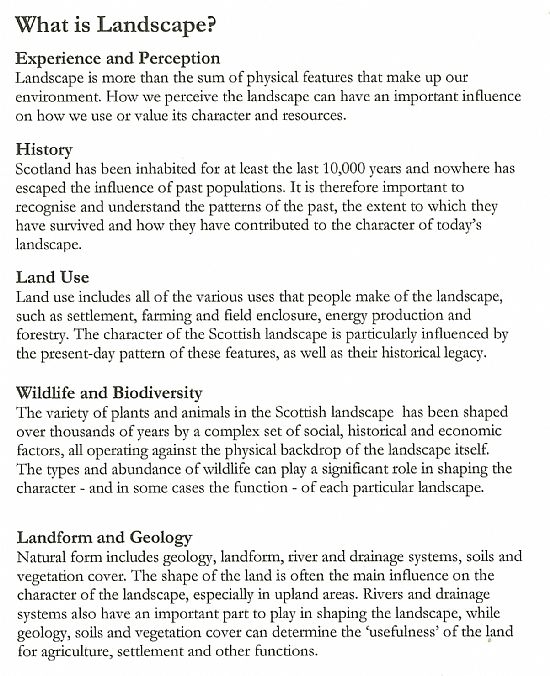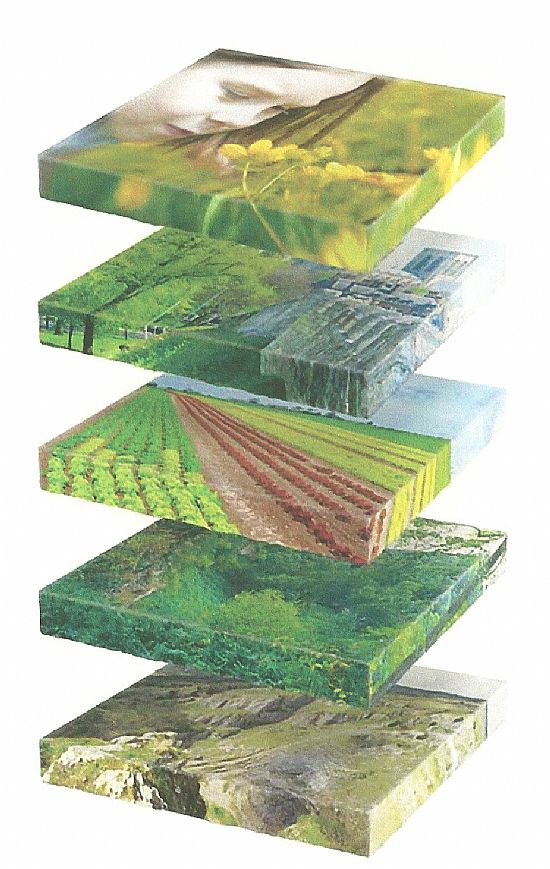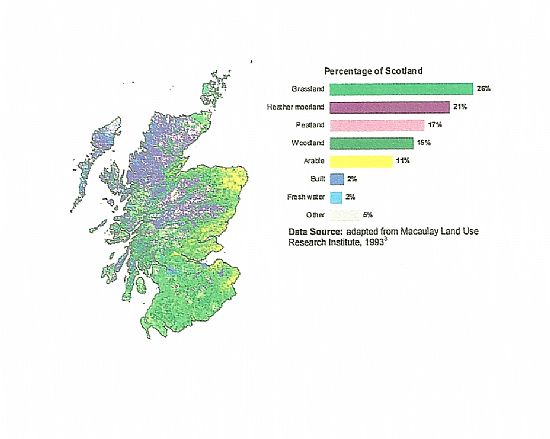Landscape, An Introduction


Landscape: “a picture representing a section of natural, inland scenery, as of prairie, woodland, mountains...an expanse of natural scenery seen by the eye in one view.”
Webster’s New Universal Unabridged Dictionary
But is landscape merely a picture, a static composition, or passive backdrop to human theater? And what is “natural”?
MIT 2003, Knowing Where to Stand
“Landscape associates people and place. Danish landskab, German landschaft, Dutch landschap, and Old English landscipe combine two roots. “Land” means both a place and the people living there.
“Skabe” and “schaffen” mean “to shape”; the suffixes “-skab” and “-schaft,” as in the English “-ship,” also mean association or partnership. Still strong in Scandinavian and German languages, these original meanings have all but disappeared from English.”
Anne Whiston Spirn, The Language of Landscape
Landscape is more than just ‘the view’. It is about the relationship between people, place and nature. It is the ever-changing backdrop to our daily lives. It can mean a small patch of urban wasteland as much as a mountain range, and an urban park as much as a lowland plain.
Landscape results from the way that different components of our environment – both natural and cultural – interact together and are perceived by us.
People value landscape for many different reasons. It is therefore important to understand what the landscape is like today, how it came to be like that and how it may change in the future.
English Nature, Landscape: beyond the view
"Landscape" is defined as a zone or area as perceived by local people or visitors, whose visual features and character are the result of the action of natural and/or cultural (that is, human) factors. This definition reflects the idea that landscapes evolve through time and that a landscape forms a whole, whose natural and cultural components are taken together, not separately."
Scottish Natural Heritage, Looking after our Landscapes
The Landscape and Forces for Change
Landscapes are dynamic, subject to a complex and interrelated range of environmental, economic and social ‘forces for change. Some are caused by natural forces, such as climate change; others through human development and the changing demands of society.
The most important and recognisable forces at present are:
Agriculture and Forestry
Climate Change
Demand for Natural Resources
Settlement and Development
Tourism
Recreation
Environmental Management
Energy
Water Management
Carbon Capture

Land Cover of Scotland 1988
(Broad Habitats)
Since 1988, due to changes in forestry and agricultural practice, the area of Broadleaved Woodland has increased while that of Coniferous Woodland has decreased and Improved Grassland has increased while that of Arable decreased. The area of all other Broad Habitats showed no change.
In 2000 41% of the Scottish Countryside carried no built development by 2012 this proportion had dropped to 29% in main due to wind farm development. Scottish Natural Heritage research estimates that the attendant visual impact of wind turbines increased from 20% in 2008 to 42% in 2012.
